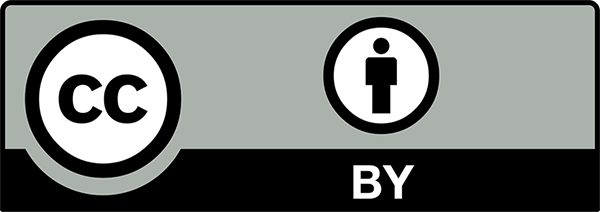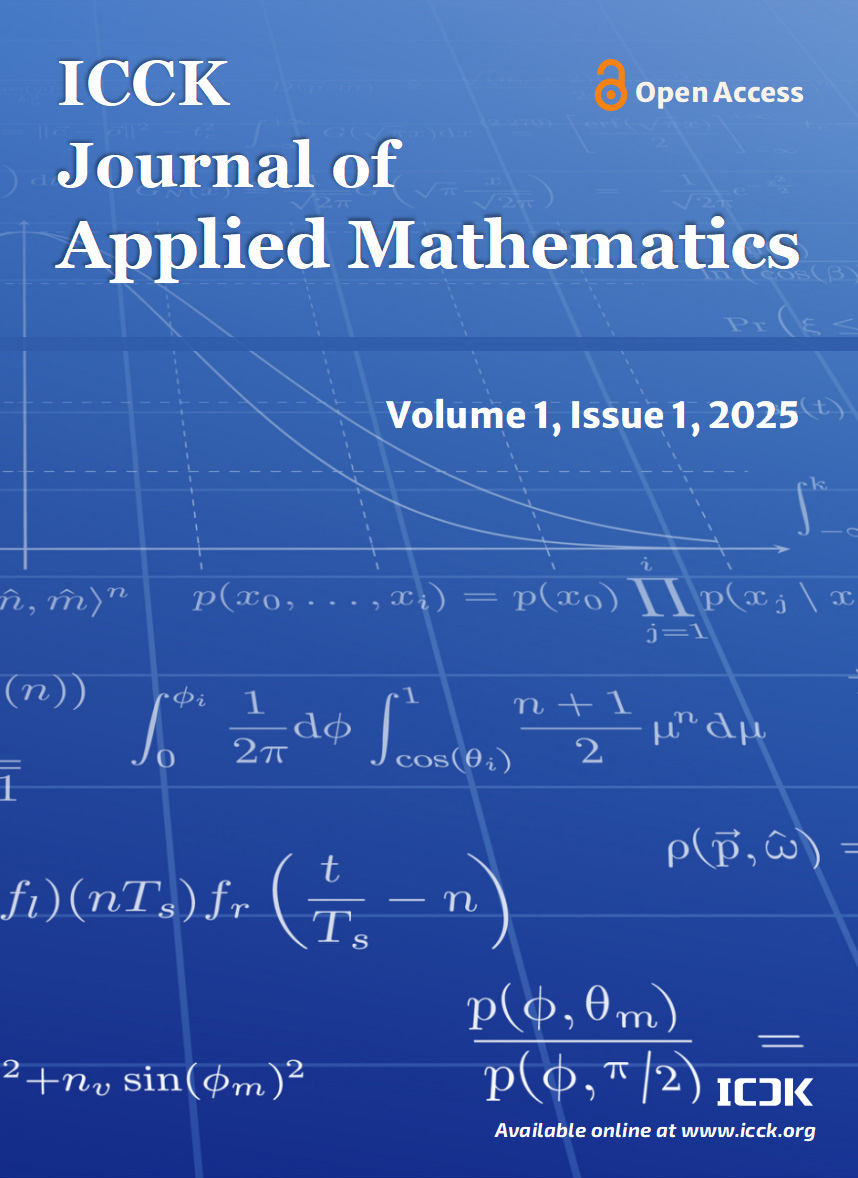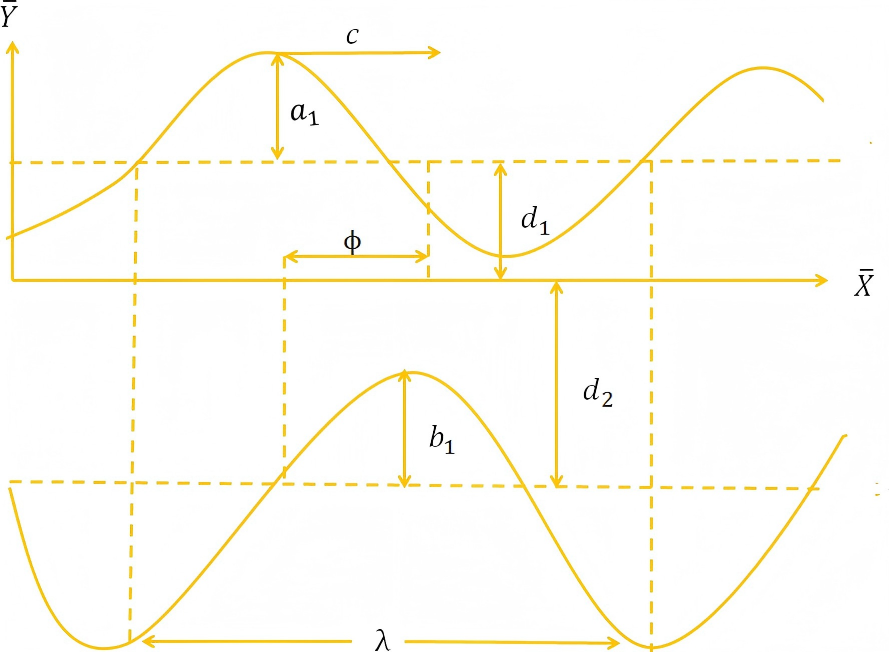Abstract
This research contains the Hartmann boundary layer effectiveness in peristaltic flow of non-Newtonian viscoelastic fluids through asymmetric channel walls. Due to the Hartmann boundary layer, Hartmann number is considered very large. Porosity effects are included in view of modified Darcy's principle. Energy equation is modelled in the presence of viscous dissipation and Joule heating features. No slip condition for fluid velocity is considered at both channel walls. Large wavelength and dominating viscous forces implementation reduce the PDEs into ODEs. The resulting system of ODEs approximate solution is attained through perturbation and matching techniques for large magnetic field effects. Lastly the obtained approximate analytic solution is utilized to study the varying behaviour of velocity and temperature profiles against involved sundry parameters through graphs.
Keywords
modified darcy law
eyring-powel liquid
heat generation absorption
natural and force convection
compliant wall properties
Data Availability Statement
Data will be made available on request.
Funding
This work was supported without any funding.
Conflicts of Interest
The authors declare no conflicts of interest.
Ethical Approval and Consent to Participate
Not applicable.
Cite This Article
APA Style
Farooq, S., & Sana, A. (2025). Heat Transfer and Modified Darcy’s Principle in Peristaltic Motion with Hartmann Boundary Layer. ICCK Journal of Applied Mathematics, 1(1), 32–40. https://doi.org/10.62762/JAM.2025.463651
Publisher's Note
ICCK stays neutral with regard to jurisdictional claims in published maps and institutional affiliations.
Rights and Permissions

Copyright © 2025 by the Author(s). Published by Institute of Central Computation and Knowledge. This article is an open access article distributed under the terms and conditions of the Creative Commons Attribution (CC BY) license (
https://creativecommons.org/licenses/by/4.0/), which permits use, sharing, adaptation, distribution and reproduction in any medium or format, as long as you give appropriate credit to the original author(s) and the source, provide a link to the Creative Commons licence, and indicate if changes were made.


 Submit Manuscript
Edit a Special Issue
Submit Manuscript
Edit a Special Issue

 Copyright © 2025 by the Author(s). Published by Institute of Central Computation and Knowledge. This article is an open access article distributed under the terms and conditions of the Creative Commons Attribution (CC BY) license (https://creativecommons.org/licenses/by/4.0/), which permits use, sharing, adaptation, distribution and reproduction in any medium or format, as long as you give appropriate credit to the original author(s) and the source, provide a link to the Creative Commons licence, and indicate if changes were made.
Copyright © 2025 by the Author(s). Published by Institute of Central Computation and Knowledge. This article is an open access article distributed under the terms and conditions of the Creative Commons Attribution (CC BY) license (https://creativecommons.org/licenses/by/4.0/), which permits use, sharing, adaptation, distribution and reproduction in any medium or format, as long as you give appropriate credit to the original author(s) and the source, provide a link to the Creative Commons licence, and indicate if changes were made. 